detail profile ernest pignon ernest
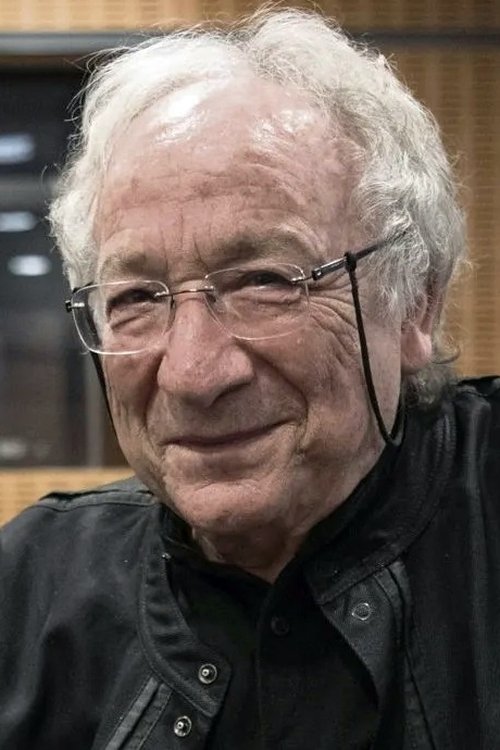
Riwayat Hidup
Ernest Pignon-Ernest (born 1942) is a Fluxus and Situationist French artist, born in Nice.
His first work was done in 1966.
It was a reaction to France's Nuclear Strike Force.
In 1971, he exhibited posters depicting scenes from the Commune.
In 1978–1979, his posters of Arthur Rimbaud could be seen all over France.
In 1988–1990, he made drawings of Naples.
In 1996, he initiated the collection of international artwork called Art Against Apartheid alongside Antonio Saura.
Pignon-Ernest's posters are in the collection of the Center for the Study of Political Graphics.
Pignon-Ernest joined the General Confederation of Labour (CGT), one of the main labour unions in France.
With Henri Cueco, he co-founded the Syndicat national des artistes plasticiens CGT.
Source: Article "Ernest Pignon-Ernest" from Wikipedia in English, licensed under CC-BY-SA 3.
0.
Info Pribadi
Peran Yang Di Mainkan Ernest Pignon-Ernest
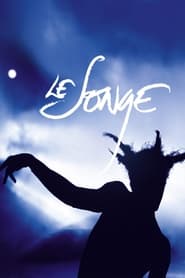 Based on the play A Midsummer...
Based on the play A Midsummer...Les Ballets de Monte Carlo: Le Songe 2011
Based on the play A Midsummer Night's Dream by William Shakespeare, a choreographic film by Jean-Christophe Maillot. Gorgeous dancing – and wildly imaginative sets and costumes – bring to vivid life the ecstatic, elegant eroticism in Shakespeare‘s classic fantasy. Recorded at The Grimaldi Forum Monaco, 2009.
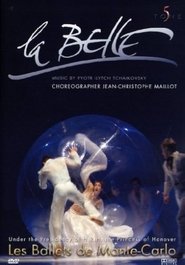 Inspired by Charles Perraults famous fairy...
Inspired by Charles Perraults famous fairy...La Belle: Les Ballets de Monte-Carlo 2002
Inspired by Charles Perrault's famous fairy tale "The Sleeping Beauty," choreographer Jean-Christophe Maillot homes in on the theme of abstinence and virtue vs. carnal desire in this bewitching ballet. Performed by Les Ballets de Monte-Carlo and featuring the music of Pyotr Tchaikovsky, this enchanting production won the Nijinsky Award for Best Choreographic Production 2001 and the Danza & Danza Prize for Best Show 2002.
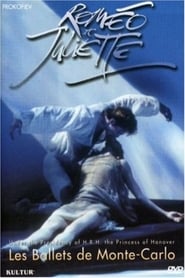 JeanChristophe Maillots Romeo and Juliet transports...
JeanChristophe Maillots Romeo and Juliet transports...Romeo & Juliet - Les Ballets de Monte-Carlo 2002
Jean-Christophe Maillot's Romeo and Juliet transports us into the tormented soul of Brother Lawrence: the action is staged as a flashback to the events leading up to the young lovers' tragic demise. Joined by the Monte Carlo Philharmonic Orchestra under the direction of David Garforth, Bernice Coppieters (Juliet) and Chris Roelandt (Romeo) lead the prestigious Ballets de Monte-Carlo in this riveting 2002 interpretation of Prokofiev’s masterpiece.
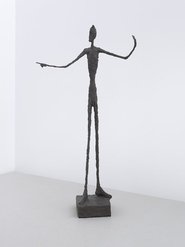 Overview of the life and career...
Overview of the life and career...Alberto Giacometti: What is a Head? 2000
Overview of the life and career of the great Swiss sculptor Alberto Giacometti.
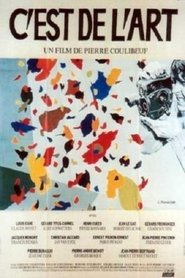 This series assembled in a film...
This series assembled in a film...C'est de l'art 1993
This series, assembled in a film, presents the singular view of contemporary artists on major works of art history. The words of these free spirits make each work see each work as a dynamic form, in the process of becoming, crossed by multiple energies. The artists' voice-over narration frees the creative possibilities of the image - sound and image playing with each other, animated by the same spring: what is seeing?

